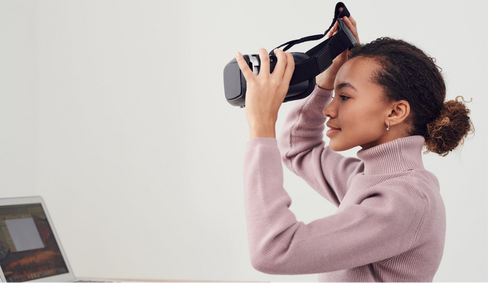
Seeing and reading the news these days has become pretty overwhelming. One of the biggest reasons for the unrest is the push for a more inclusive society with no place for racism, sexism, and violence. This push is long overdue and calls for us to be more humane in general for the well being of the whole world and to move towards a better and sustainable future.
Education, awareness and empathy are probably the most important factors that drive change, but individuals are harder to convince otherwise once they’ve formed their own opinions. Thankfully, we live in an age where individuals can be educated, made aware of, and put in someone else’s shoes all while wow-ing them with the help of Virtual Reality (VR).
How Virtual Reality Sparks Change
VR has the ability to attract users of all ages and provides us with a way to see ourselves differently. It can give us a chance to experience environments and situations that we might never get to experience in real life. This presents a unique opportunity to make users aware of what it is like to be discriminated against on the grounds of race, gender, culture and religion, in hopes of encouraging change.
To this end, VR researchers have been able to use unique virtual experiences to identify and positively affect subconscious feelings and attitudes towards individuals that generally tend to be biased against or for a person or a group of people. These are generally referred to as implicit biases. This interesting research about drumming in VR while embodying a light or a dark skinned self-avatar. The authors observed that individuals with dark skinned avatars had increased drumming motion suggesting an existing implicit bias correlating dark skinned individuals to a Djembe hand drum.
Since then, researchers have also been able to positively affect an individual’s implicit racial biases as a result of embodying a dark-skinned self-avatar in VR. Another research study investigated the effects of swapping one’s gender while embodying a self-avatar in VR. The authors demonstrated that swapping gender in VR and introducing stereotype threats can actually help lift biases for the better. Although this might seem like something that requires extensive setup and is straight out of a sci-fi movie, recent advancements in technology have made it exceedingly simple to build and experience such VR simulations.
Check out this video about a virtual experience called “1000 Cut Journey”, that takes you through several instances of racism from the perspective of a black man.
Combating Racial Biases
There are several companies that have taken this research forward and are building simulations to combat biases in various settings. A startup, Vantage Point, has been developing VR training simulations to tackle diversity, inclusion and unconscious bias in the workplace. Furthermore, 360° videos have been shown to significantly affect empathy and create a positive change in individuals. Check out this video from the United Nations that describes what it is like to view an immersive video and how it can impact us.
Speaking of creating change with immersive videos, STRIVR is another company that has developed virtual training for diversity and inclusion using 360° videos. Their training focuses on having users experience what it feels like to be part of a non-inclusive environment and then teaches them how to tackle such situations.
As we embrace this push for positive social change, we must not only understand the importance of the role that education, awareness and empathy play, but also be cognizant of the tools that will help drive the point home. VR simulations as training or experiences are an excellent solution to the problem and have been shown to be effective in facilitating change. Although these might seem like things that the HR department should handle or require access to specialized equipment, you as a user have the power to demand more content that aims to generate empathy and drive change. As VR becomes more accessible to the everyday consumer, a higher demand for such content is sure to motivate developers, designers, and forward thinkers to come together and build experiences for a better tomorrow.
If you’re interested in learning more about incorporating or developing VR training simulations or experiences for social change, feel free to reach out to us. Our XR experts will be more than happy to learn about how you want to be part of the social change and guide you in developing VR simulations that get the desired results.
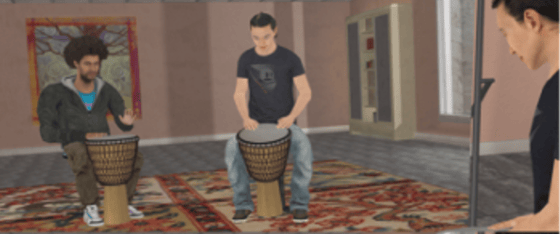
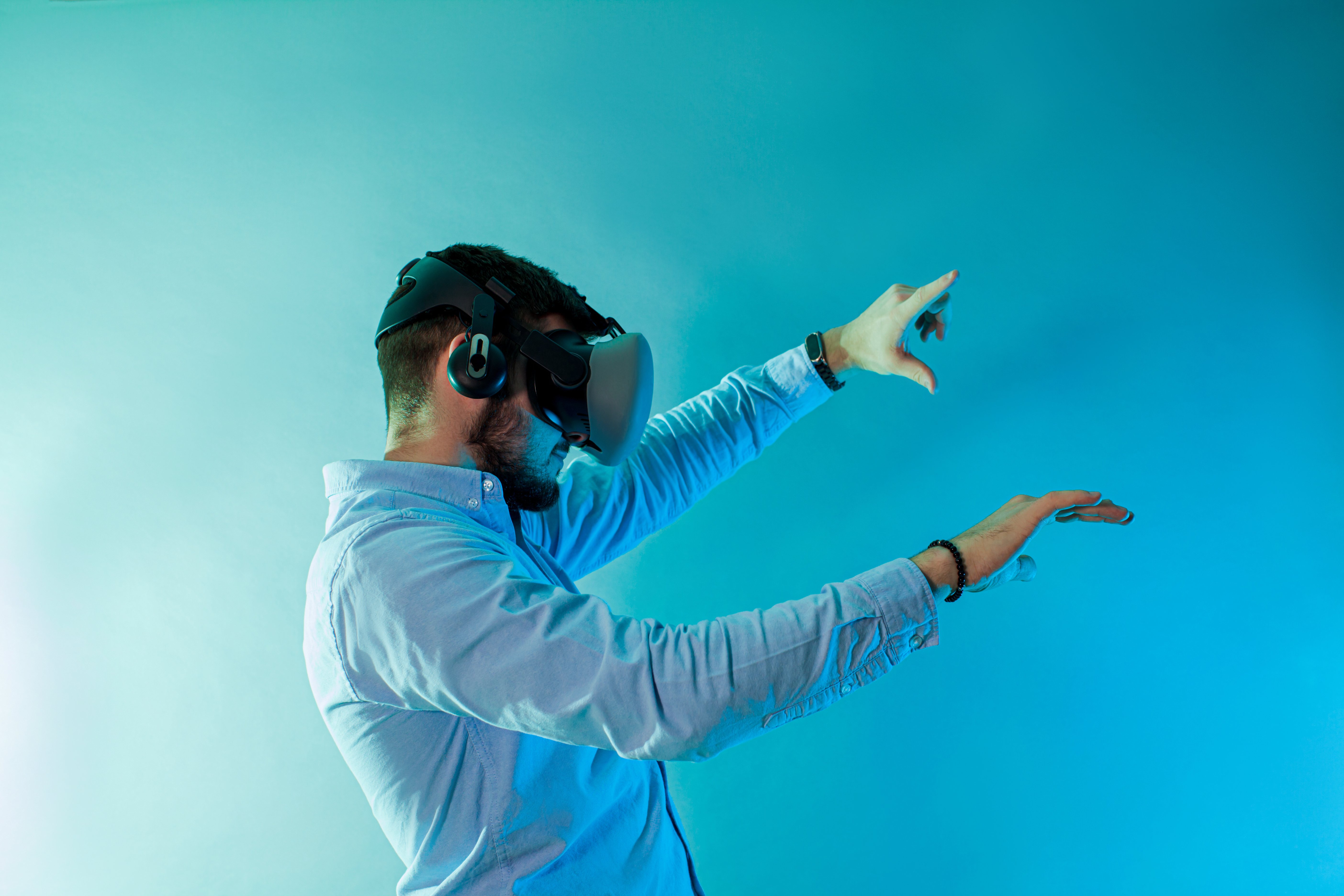
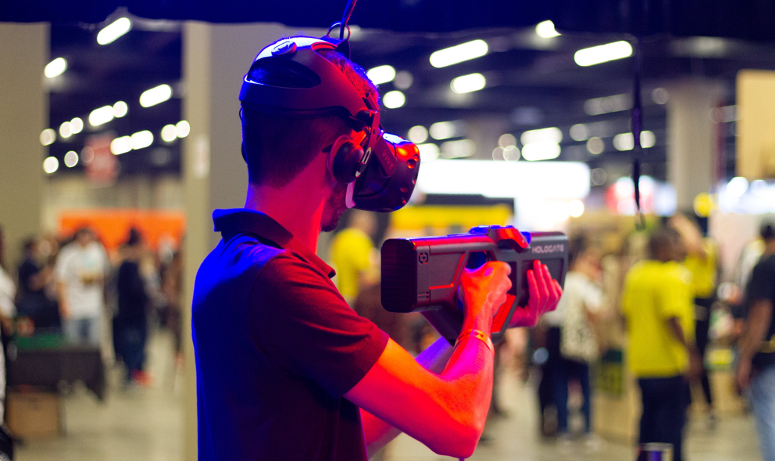
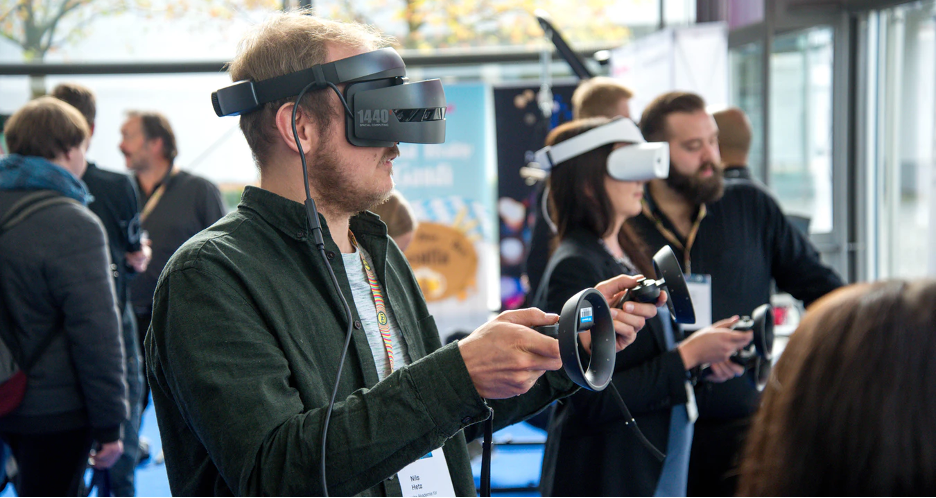







Comments
Add Comment